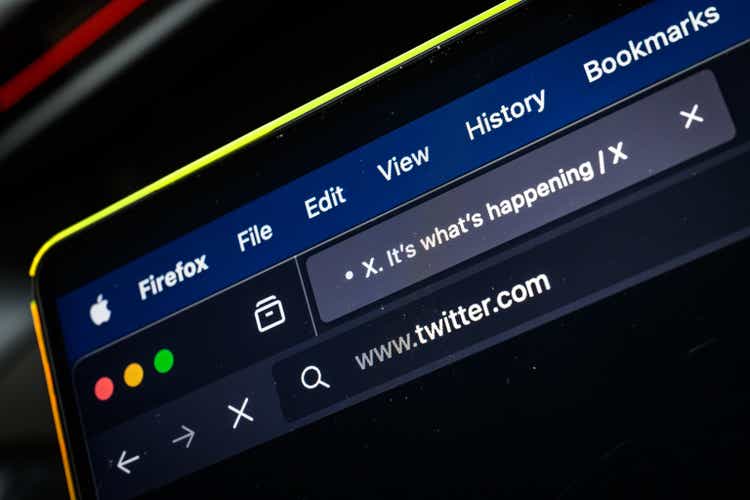
Leon Neal/Getty Images News
Today marks the 30th anniversary of the launch of Netscape Navigator, the first commercial attempt at making a web browser. Its release ushered in the first era of browser wars.
Netscape was initially launched as Mosaic Netscape 0.9 on October 13, 1994, by Mosaic Communications Corporation. Within just four months of its release, it cornered three-quarters of the browser market.
Mosaic Communications was the brainchild of Jim Clark, who recruited Marc Andreessen as co-founder. Andreessen would go on to start the venture capital firm Andreessen Horowitz.
A month later, the browser was renamed to Netscape Navigator, with the company too changing its name to Netscape.
By 1996, the company claimed to have 38M users.
Wall Street Debut
Netscape launched its initial public offering just 16 months after it was launched, on August 9, 1995, signaling a new era of tech investing.
When the company debuted, only one out of the top S&P 500 components was tech – IBM (NYSE:IBM). Despite being unprofitable, investors awarded the company with a valuation of nearly $3B.
Netscape’s successful IPO is said to have kickstarted broader investment into internet companies, leading to the eventual creation of the dotcom bubble.
The Browser Wars
Netscape’s immense popularity drew the attention of Microsoft (NASDAQ:MSFT). The Redmond giant licensed the old Mosaic code and created Internet Explorer 1.0 which was released with Windows 95 Plus! on August 24, 1995.
Importantly, unlike Netscape Navigator, Internet Explorer was free to use for all Windows users. This forced Netscape and competitors to eventually follow suit.
The trouble started when Microsoft (MSFT) started bundling Internet Explorer with Windows. Within four years of launch, Internet Explorer cornered 75% of the market and by 1999 it had over 90% of the market.
Netscape Navigator wasn’t able to keep up with the Internet Explorer, and rapidly lost market share. Netscape was acquired by America Online (AOL) in 1998 in a $4.2 billion deal.
Microsoft’s (MSFT) practices drew the attention of the U.S. Department of Justice, which filed an antitrust lawsuit against the company in 1998.
A New Avatar
During its losing battle with Microsoft (MSFT), Netscape decided to open source its codebase and created the not-for-profit Mozilla Foundation in 1998, which released the Firefox browser in 2002.
Remembering Navigator
Today, if you would like to experience the old web and Netscape, you can head to an archive of old versions of Netscape and Mosaic, hosted by software programmer Jamie Zawinski.
Zawinski was an early Netscape employee, and has written an extensive blog post on how to get the old version of Netscape up and running.
Google Dominates Today
As of now, Google’s (NASDAQ:GOOG) (NASDAQ:GOOGL) Chrome browser dominates the market, with nearly 66% market share. Apple’s (NASDAQ:AAPL) comes in a distant second, with about 18% market share.
Microsoft’s (MSFT) Edge browser, which replaced Internet Explorer in 2015, comes in third with just 5% of the market share, with Mozilla securing the fourth spot with nearly 3% of market share.
In August, a judge found that Google (GOOG) (GOOGL) had built an illegal monopoly.
The U.S. Department of Justice indicated this week that it was considering a possible breakup of Google’s (GOOG) (GOOGL) units like the Chrome browser and Android operating system, as an antitrust remedy.
Google (GOOG) (GOOGL) faces further threats from the emergence of artificial intelligence startup OpenAI. The generative AI startup has been testing SearchGPT, a prototype of new search features that combines its AI models with information from the web.
Microsoft (MSFT) holds a 49% ownership stake in OpenAI.
Here are some exchange-traded funds of interest tied to technology, AI and robotics: (VGT), (XLK), (IYW), (FTEC), (IXN), (RSPT) (AIQ), (BOTZ), (DTEC), (GINN), and (ROBT).
